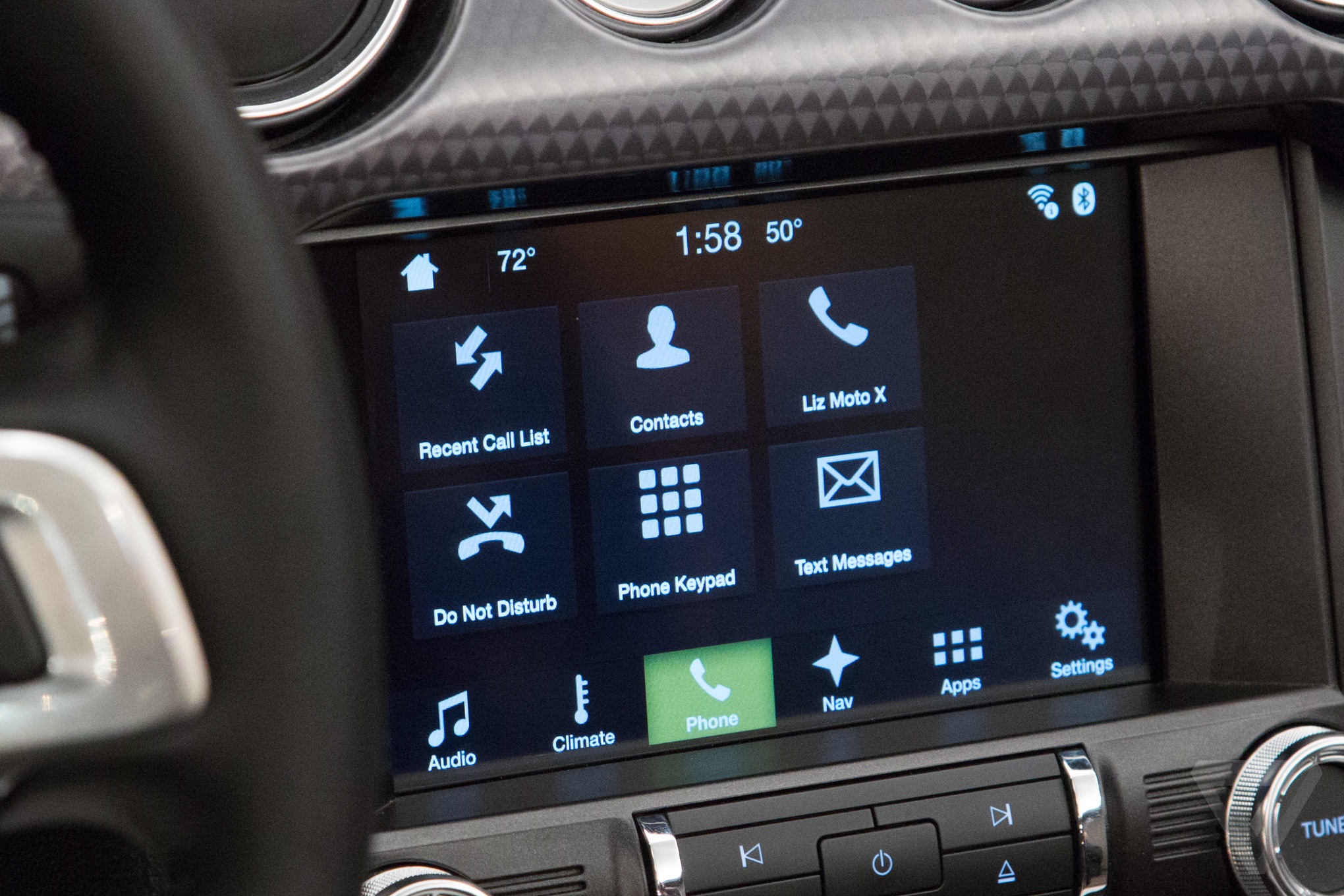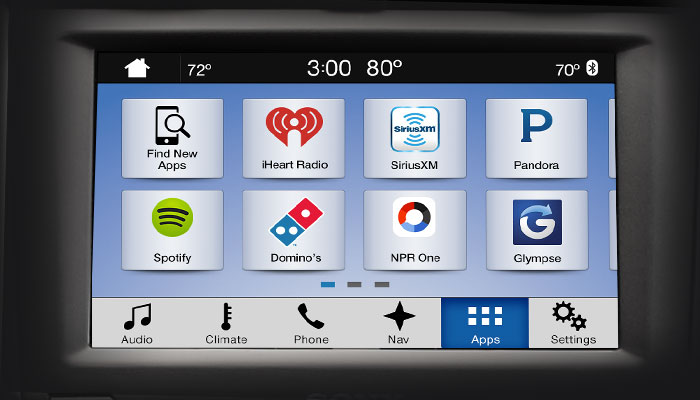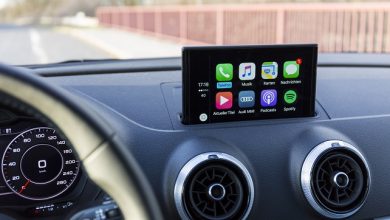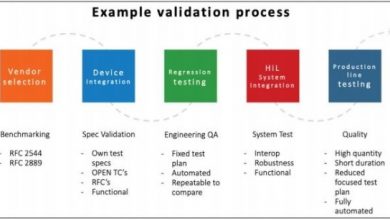Ford Sync 3: From Microsoft to QNX and the change is noticeable
Published: December 16, 2014
It’s clear that people aren’t going to give up connectivity just because they’re driving. To look upon the connectivity reasons and providing users with the ability to stay connected while driving, Ford has released its Sync infotainment system.
Getting connected and getting mobile is nowadays in trend! Let be at any corner of the world people like to get connected and access and renew their social presence. The use of applications for getting driving directions, navigation and maps, live traffic updates, whether, sports stats, connection with family and friends are some of the inevitable possessions. Therefore, all of the mentioned features and applications are fulfilled by the use of smartphones and mobile based applications. The quest to stay connected is as such that people don’t leave it even while driving a vehicle, although it’s universally acclaimed that using a smartphone while driving is dangerous. The United States Department of Transportation has plans to pursue a ban on use of smartphone and texting while driving. Still people are going strong in their initiative to stay connected even while driving.
So, it’s clear that people aren’t going to give up connectivity just because they’re driving. To look upon the connectivity reasons and providing users with the ability to stay connected while driving, Ford has released its Sync infotainment system. Ford SYNC is an “in-vehicle infotainment” system available on newer Ford vehicles that provides drivers with touchscreen input and voice-activated controls for hands-free operation of the car’s media components as well as mobile smartphones via Bluetooth technology or a USB cable.
Features in Ford SYNC include support for receiving SMS text messages and audibly reading the messages to the driver, a map-based navigation system with traffic alerts, full compatibility with USB-connected MP3 players and smartphones, support for running smartphone apps via SYNC AppLink, vehicle health reports and more.
Since its commencement, Ford has used Microsoft’s voice platform for its Sync infotainment system. Both Sync 1 and Sync 2 relied on Microsoft’s software to process voice instructions uttered by vehicle owners. With Ford’s latest released Sync 3, the company has dropped Microsoft in favor of QNX. QNX has long been a platform for automobiles. These days, it is better known by its parent company, BlackBerry.
Ford introduced the new SYNC® 3 – communications and entertainment system that is faster, more intuitive and easier to use with enhanced response to driver commands. SYNC 3’s more conversational voice recognition technology, a more smartphone-like touch screen and easy-to-read graphics will help millions of drivers connect with their lives and control their smartphone while on the road. The next-generation system builds on the capability of SYNC technology already in more than 10 million SYNC-equipped vehicles on the road globally. SYNC 3 begins arriving on new vehicles next year. Therefore, Ford has ditched Microsoft software platform in its new generation SYNC and adopted the QNX operating system for an improved and better features.
Earlier this year FORD also made a statement that “Sync 1 and 2 was done with Microsoft but we are not married with them. For us, it’s a supplier, so every time we keep evaluating is it the right partner”.
The change in platform is noticeable. Sync 3 is now snappy and responsive. The hint of lag is gone. It’s clean and cohesive. Switching between screens and menu options is a smooth task and reminiscent of modern mobile devices — which is apparently what Ford was going to. The new Sync now works like a tablet. There are six buttons at the bottom of the screen. Hit one and go. They’re always visible except when navigating, when they sink into the bottom of the screen to reveal more of the map.
Sync now makes it as easy to use a smartphone app as the FM radio. One of the bottom nav bar buttons takes users to an app menu and media apps like Pandora will also have a button on the audio tab next to the AM and FM option. Ford discovered that 80 percent of its drivers own smartphones and this redesigned app scheme should allow for easier use of smartphone apps while driving.
Ford worked with select app developers for the Sync 3 launch. When it hits the first cars, Spotify, Pandora, Stitcher, NPR One, SiriusXM Radio and iHeartRadio Auto will be available.
Therefore the newest Ford’s infotainment system Sync 3 is a modest improvement over its predecessors. Ford has made a number of improvements to make its infotainment platform a bit smarter, faster, and easier to use. The company isn’t yet saying which vehicle will get Sync 3 first, but Ford is intent on keeping Sync “a mainstream option” available in a wide selection of cars from the Fiesta up through Lincoln’s lineup.
Introducing SYNC 3 for Ford:






